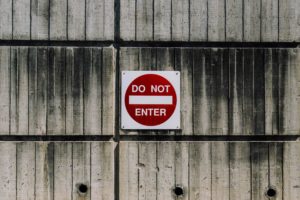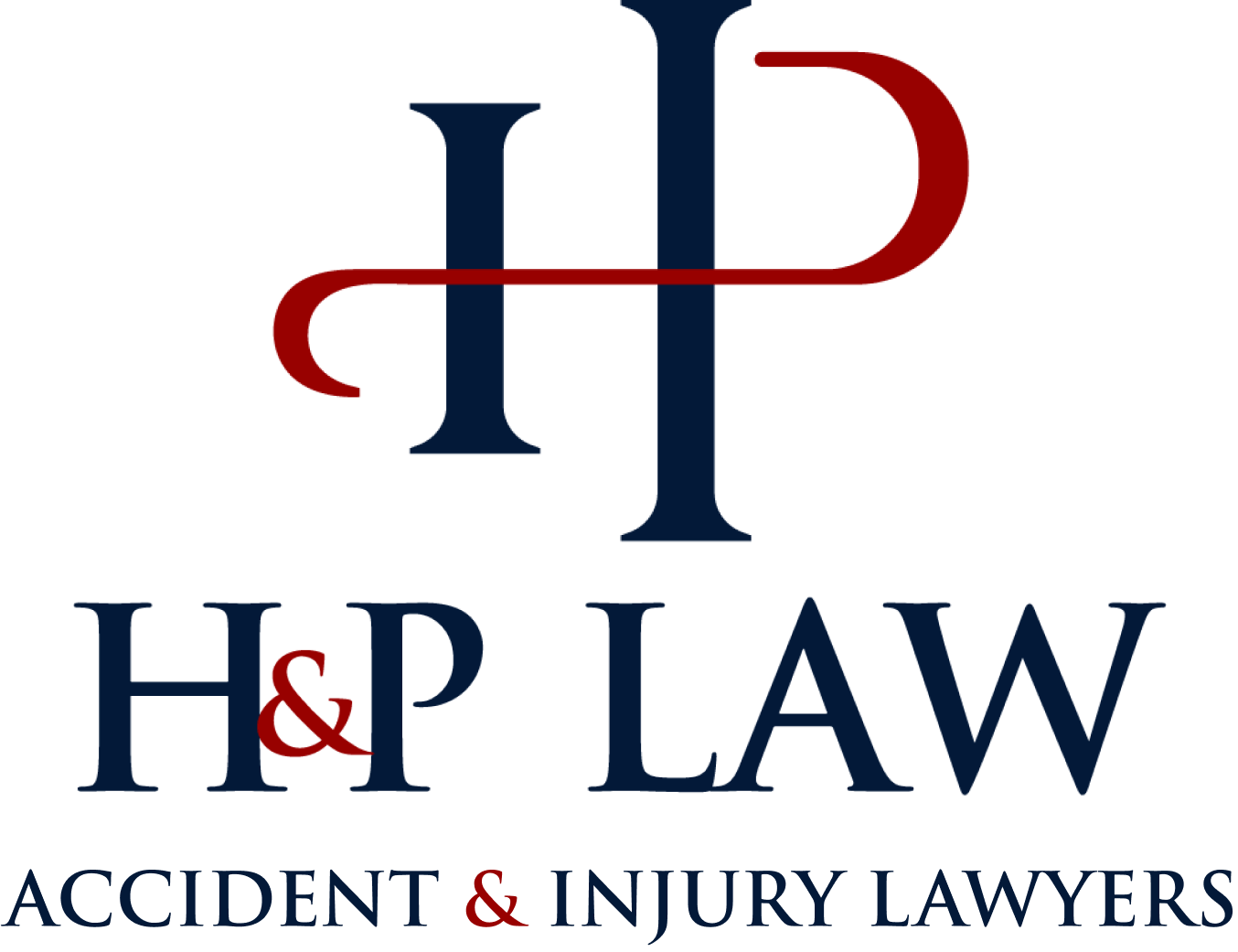
When there is a “dangerous condition” on a property, the landowner, property manager, or tenant has a legal duty to warn about this condition. If you or someone you know has been hurt in Nevada on another’s property, you may be entitled to monetary compensation for injuries suffered. Below is some basic information regarding these types of personal injury lawsuits.
Dangerous Conditions
There are two types of dangerous conditions — natural and man-made. The extent of a defendant’s legal responsibility in a premises liability case may be dependent upon whether the dangerous condition is man-made or nature-made.
Natural Conditions
Just like the title sounds, natural conditions, also referred to as environmental conditions, are those that are made by nature. Natural hazards can be transient or fixed. Examples of some transient natural, or environmental hazards, include:
- Rain;
- Ice;
- Snow;
- Debris;
- Flooding;
- Leaves;
- Other weather-related issues.
Examples of some fixed natural, or environmental hazards, include:
- Bushes, trees, and grass;
- Rocks and cliffs;
- Sand or mud;
- Ponds, waterfalls, creeks, rivers, and other waterways.
Generally, property owners, managers, or tenants are not legally liable for injuries that are caused only by weather or environmental conditions that are beyond their control. These are often referred to as “acts of God.” They could, however, be held financially responsible if they knew or should have known of a nature-made hazard and they:
- Failed to warn others;
- Failed to prevent the hazard; or
- Contributed to, or worsened the hazard.
Man-made Conditions
Also known as architectural conditions, man-made conditions are potential hazards that are created by humans. Just like environmental hazards, some man-made conditions are transient while others are fixed. Examples of transient man-made, or architectural, hazards include:
- Temporary structures (e.g., tents);
- Clean-up sites;
- Construction sites.
Examples of fixed man-made, or architectural, hazards include:
- Roads, streets, and paths;
- Buildings; and
- Railings.
Generally, landowners, managers, and tenants are held legally and financially responsible for injuries that are caused by man-made conditions unless they did not know are had no reason to know that the danger existed.
Duty to Warn Others
Landowners, property managers, and tenants have a legal obligation to exercise the ordinary care and prudence to make the premises reasonably safe. If there is a dangerous condition that is “open and obvious,” then it may not be necessary to notify others to warn against the dangerous condition because a reasonable visitor would likely see the hazard and take appropriate measures to avoid injury. If the dangerous condition is not obvious or hidden, the landowner, property manager, or tenant may owe a duty to prevent any foreseeable injuries. Depending on the facts of the case, the duty to warn may include:
- Notifying others of the danger;
- Posting warning signs for others;
- Closing off the dangerous area; and/or
- Fixing the hazard.
Nevada courts look to what a reasonable person would do under the same circumstances when determining a landowner, property manager, or tenant’s duty to warn. Some of the factors that a court considers include the type of hazard, location of the hazard, and the frequency of visitors to the property.

Call our Nevada Personal Injury Attorneys
If you have suffered an accident or know someone who has, call the Las Vegas personal injury attorneys at H&P Law. We will sue all responsible parties for your harm and fight for the compensation you deserve.




